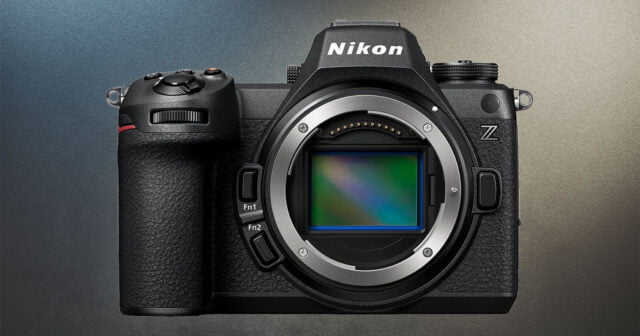
The Nikon Z6 III, a recent addition to the market, has sparked discussions due to reported compromises in its image quality, despite its advanced features and technological upgrades. Users and experts have noted a specific issue with the camera’s dynamic range, which seems slightly reduced compared to its predecessor, the Z6 II.
Image Quality Under Scrutiny
The Nikon Z6 III introduces a partially stacked sensor, which, while allowing for extremely fast sensor readout speeds beneficial for high-speed shooting scenarios, appears to come with a cost to image quality. Research conducted by Bill Claff and published on the Photons to Photos website has demonstrated that the dynamic range of the Z6 III is marginally lower than that of the Z6 II, measuring at 10.4EV compared to 11.3EV for the latter. This reduction in dynamic range can lead to noisier images in shadowy or dark areas, although this may not significantly impact all users, especially those shooting at higher ISO settings where the difference narrows notably.
Camera Performance and User Feedback
Despite these findings, Nikon has highlighted the positive feedback received from users regarding the Z6 III’s overall image quality. The inclusion of the EXPEED 7 processor is touted to deliver superior image processing capabilities compared to the older EXPEED 6 chipset in the Z6 II. This upgrade is intended to enhance image quality overall, potentially offsetting the minor dynamic range issue in practical use scenarios.
While the reduction in dynamic range is worth noting for those who prioritize this aspect in their photography, the Nikon Z6 III remains a robust choice in the mid-range mirrorless camera market. Its capabilities are well-suited for a variety of shooting conditions, particularly benefiting those requiring high-speed performance. For users weighing their options, the slight decrease in dynamic range may be a minor trade-off considering the overall enhancements in performance and technology.










